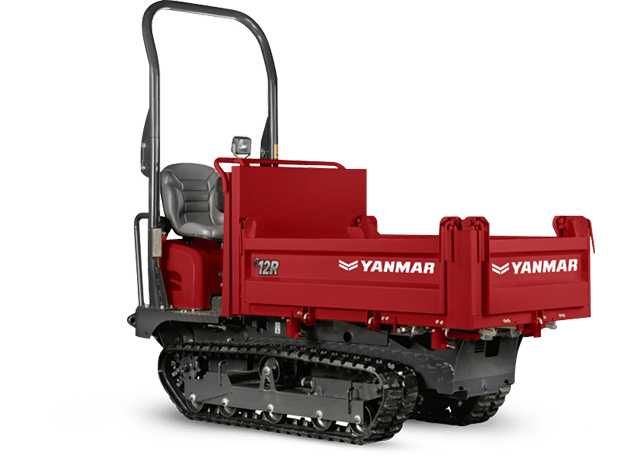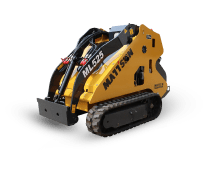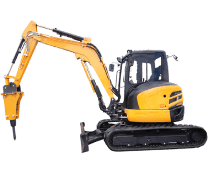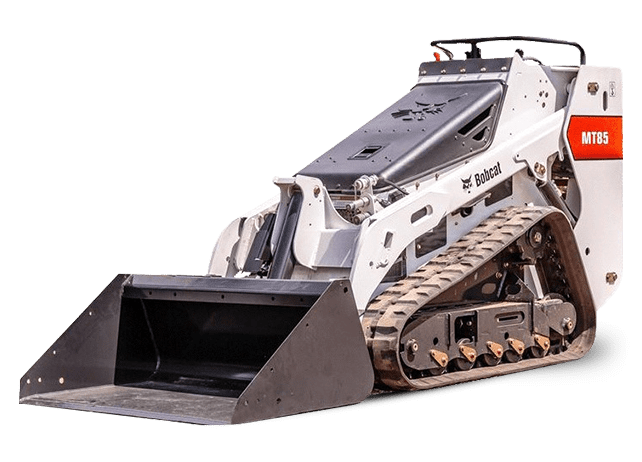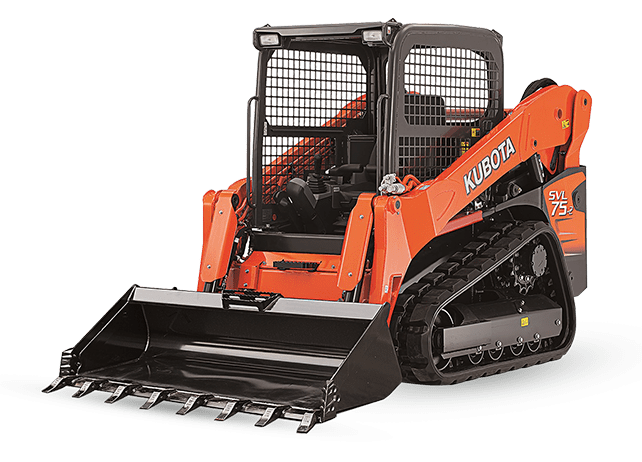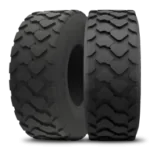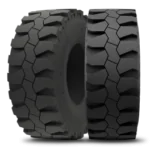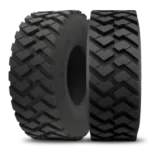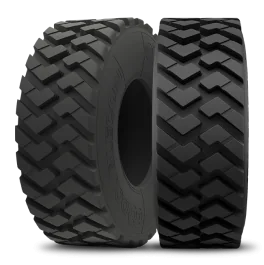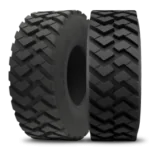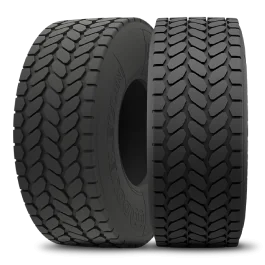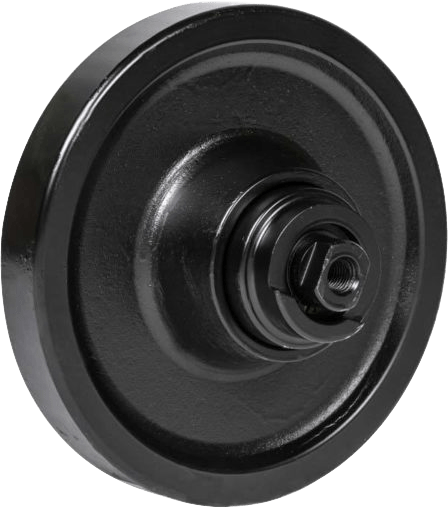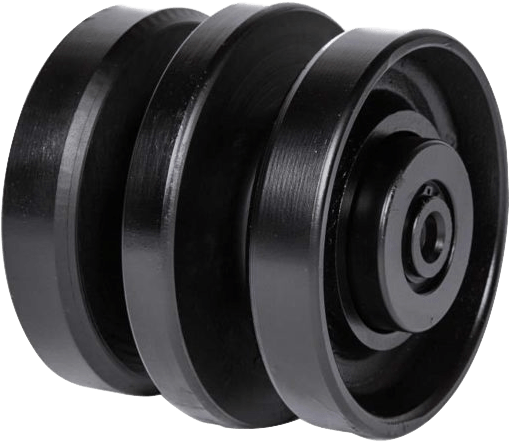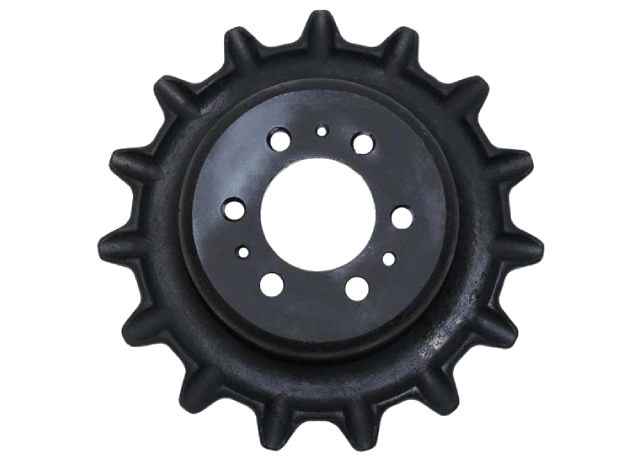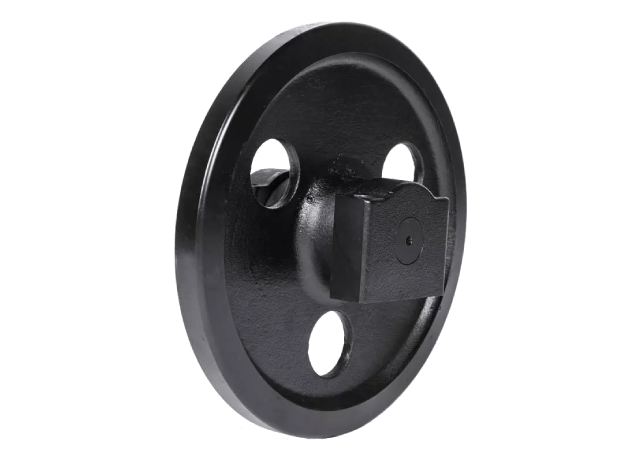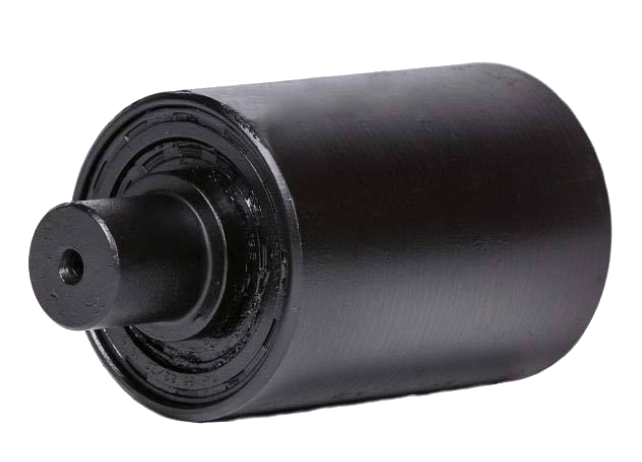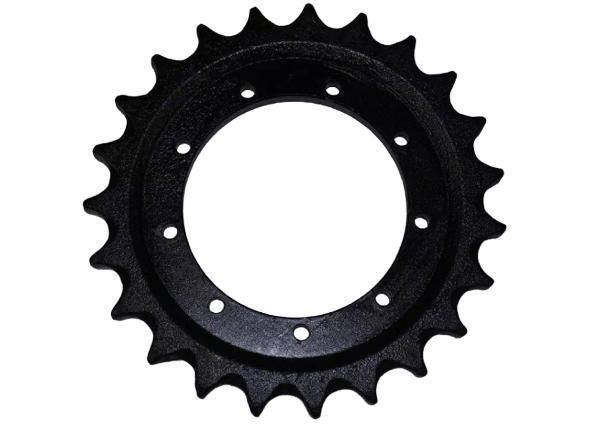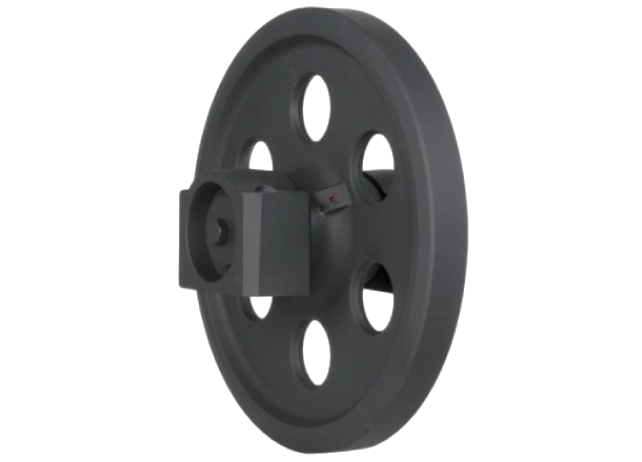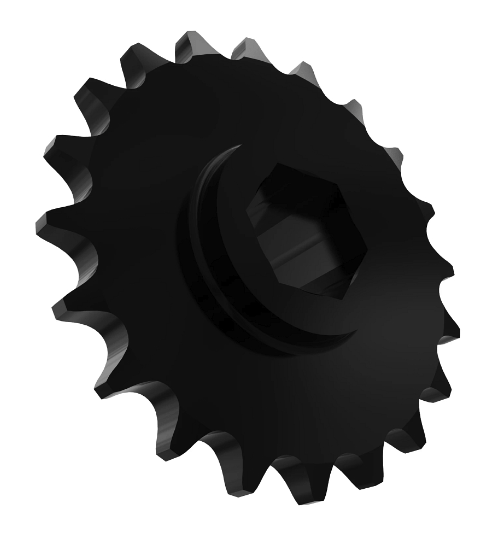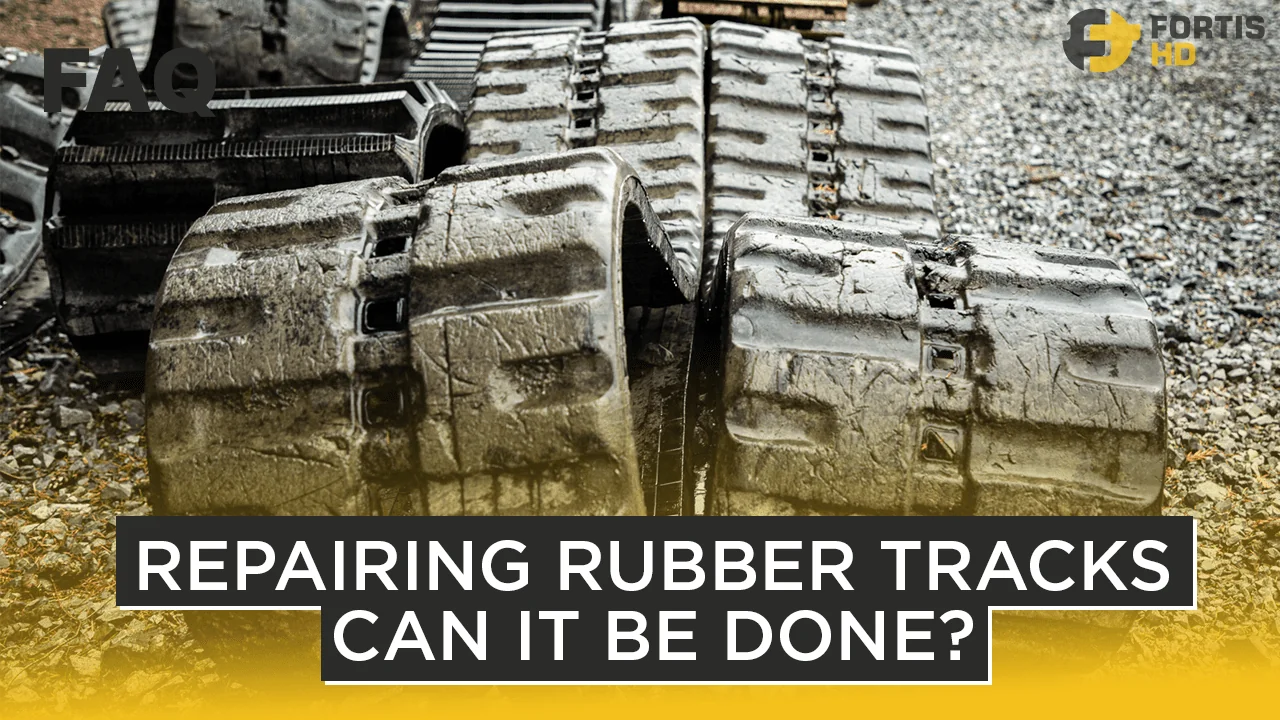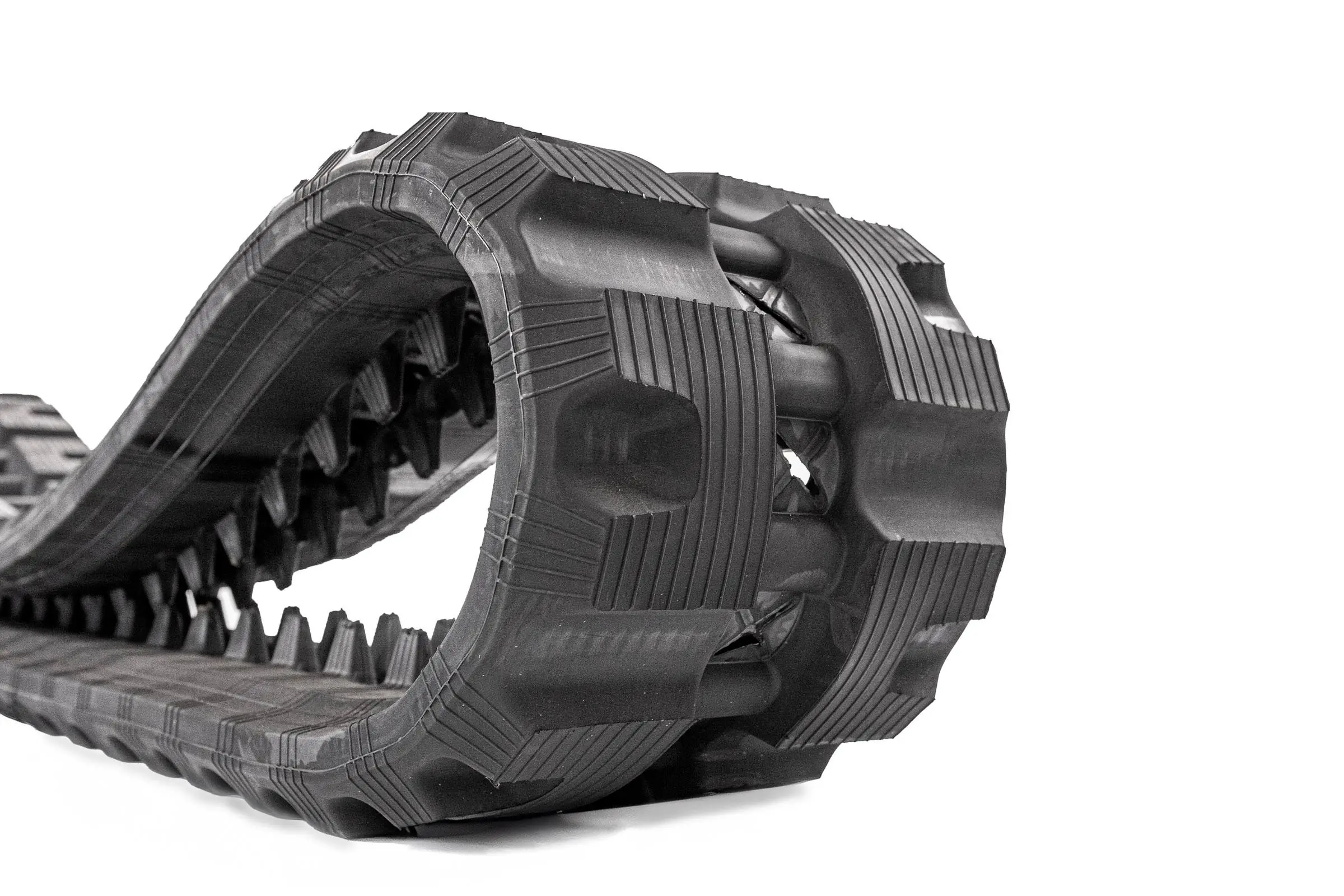Let’s not beat around the bush here. You can’t repair a rubber track. You can try. There are some DIY videos on YouTube, but once a rubber track has worn significantly (cracks, tears, exposed cords, missing lugs), the right call is to replace it.
In this video, Keith (a seasoned heavy-duty mechanic) briefly tells you why you can’t repair rubber tracks.
No matter the product you use or how careful you think you’re at it, you’ll be wasting time, energy, and money.
We want you to consider the manufacturing process of rubber tracks and compare it against doing a patch in the backyard.
We’ll also discuss why some of the most popular DIY methods for performing a rubber track repair on social media don’t work.
The Manufacturing Process of Rubber Tracks
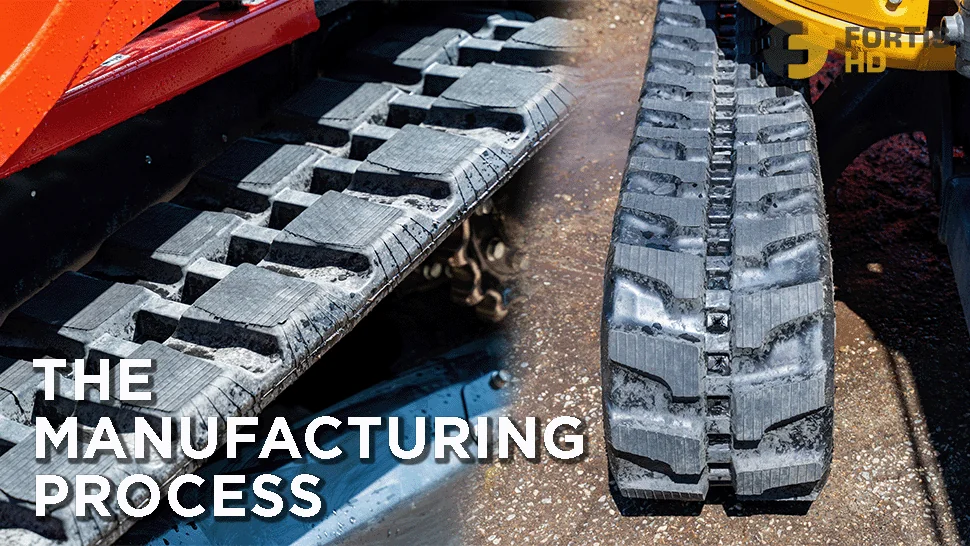
Let’s focus on those worn or damaged components that people try to fix on rubber tracks.
The rubber compound in rubber tracks is of premium quality, containing natural rubber, synthetic rubber, carbon black, silica, and chemical additives.
Carbon black and silica are essential additives providing strength, durability, and resistance against abrasion, impacts, and heat.
Rubber tracks have inner steel cables with a corrosion-resistant coating that provides tensile strength and load-bearing capacity.
They are usually a single spiral cable structure that creates a continuous and unbroken reinforcement throughout the entire length of the rubber track. The jointless design eliminates the risk of weak points at joints or splices and ensures consistent strength and load-bearing capacity.
Some tracks also include a textile wrapping or carcass that distributes the equipment’s weight over a larger surface area, preventing excessive stress on cords.
In addition, rubber tracks undergo a vulcanization process to create a solid and durable bond between the different components of the rubber track so that it can function correctly. Vulcanization is a chemical process that crosslinks the rubber molecules, making them stronger, more elastic, and resistant to wear and tear.
Besides the chemical process, manufacturing rubber tracks involves automated processes and computerized stress analysis.
For example, companies use CNC (Computerized Numerical Control) to make tread molds accurately, ensuring a consistent grip along the contact surface of the rubber track.
To guarantee track designs comply with and endure heavy-duty tasks, manufacturers rely on software capable of performing FEA analysis (Finite Element Analysis), a method for solving engineering problems and accurately predicting the behavior of rubber tracks.
The bottom line is that producing rubber tracks is a controlled, complex industrial process that DIY enthusiasts can’t replicate when trying to fix their damaged tracks.
Considering the above, let’s see why repairing a rubber track is ineffective.

Fortis HD’s rubber tracks comply with the highest manufacturing standards, offering the best premium tracks. Visit the Fortis HD rubber tracks section and buy your set today.
The Inefficiency of Repairing Rubber Tracks
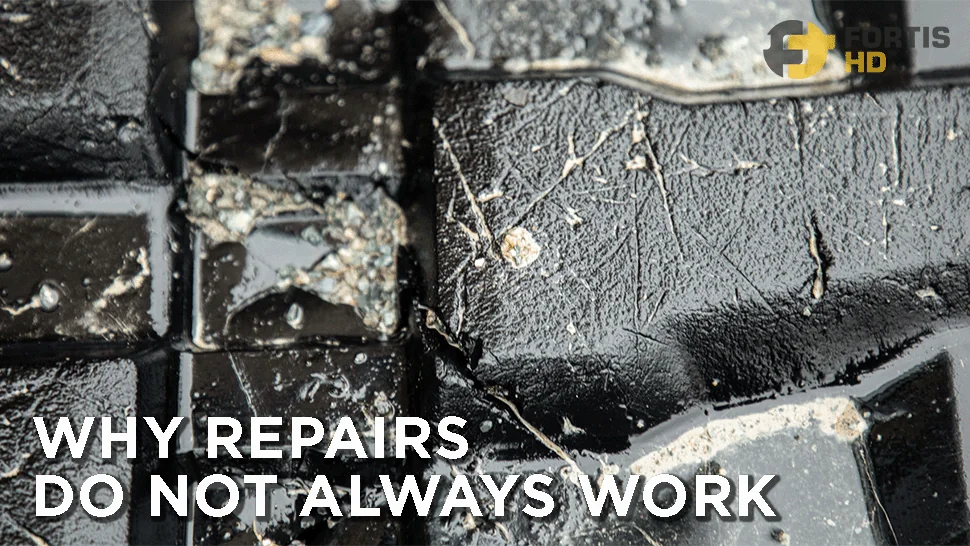
Once a rubber track has cracks, cuts, or tears, debris and moisture will get inside, at the very least, an oxidation process might have started, compromising the steel cords and bars.
So, let’s discuss why some popular patches don’t work, even if they seem to extend the lifespan of rubber tracks.
Table of Content
Vulcanizing cement + rubber chunk
Some people try to plug cracks or cuts with a chunk of rubber soaked with vulcanizing cement and seal the crack with more cement and liquid tape.
It doesn’t work mainly because the soaked rubber chunk and the vulcanizing cement don’t fill the crack uniformly. Thus, there will be inner spots where the crack will keep developing.
Instead of wasting productive time mixing, applying, and sanding layer after layer of vulcanizing cement with a rubber track repair kit, pick up the phone, call Fortis (855-704-2316), and get a high-quality track within 3-5 days.
Hiding exposed steel cords
Another funny remedy for damaged tracks is snipping the steel cables from cracks. As if hiding the damage would solve the problem.
On the contrary, remember that steel cables give rubber tracks tensile strength and prevent them from stretching excessively.
Snipping cords would create a joint, which is the primary purpose of jointless steel cables.
Fastening the steel bars with bolts
If guiding lugs are getting off your tracks, the bonding agent or vulcanization isn’t high quality, or the track is beyond its lifespan.
If you drill the bars and fasten them with bolts, you create a spot susceptible to form rust.
Eventually, the only place where the rubber compound and the bar will “work together” is at the bolt. However, it will do it inefficiently since tracks are designed and analyzed to work as a homogeneous structure, meaning the rubber compound, the bars, the carcass, and the steel cords work together and uniformly to absorb the stresses during operation.
Sewing the track with bolts, chains, and steel wires
This patch involves drilling the track at both sides of the crack, driving bolts, and trying to close the damage by joining the bolts with steel chains or wires. The bolts go between steel bars.
First, drilling the tracks allows moisture to get inside and rust the inner components.
Second, you will also damage the carcass or displace the steel cables. Manufacturers place the inner cords uniformly so tracks don’t twist, conform uniformly to the ground, and support the equipment’s weight.
Third, if you place the chains or wires on the outer face of the track, you’ll modify its footprint and concentrate stress at the patch’s location.
Suppose you decide to hide the steel patch. Although it does not overlap the footprint, it will change the track’s original shape, making the patched area rigid and leading to concentrated pressures and a lack of flexibility to conform to the ground.
Can you retread rubber tracks?
Yes, you can.
Retreading can extend the lifespan of skid steer rubber tracks, but it’s only effective as long as you choose a reputable company and the casing isn’t severely worn or damaged.
However, retread tracks aren’t usually as durable as new ones because the process introduces some defects.
Last Thoughts
Forget about patches on your rubber tracks. They look ugly and, as you learned, are inefficient.
You’ll be wasting time and money and risking the operator’s security and your equipment’s structural integrity.
If it’s time to replace your rubber tracks, the first step is to choose high-quality replacements. Visit Fortis HD to shop quality heavy equipment rubber tracks.
To learn how to change tracks yourself, check our articles about changing rubber tracks on a mini excavator and replacing skid steer tracks without other heavy equipment.

